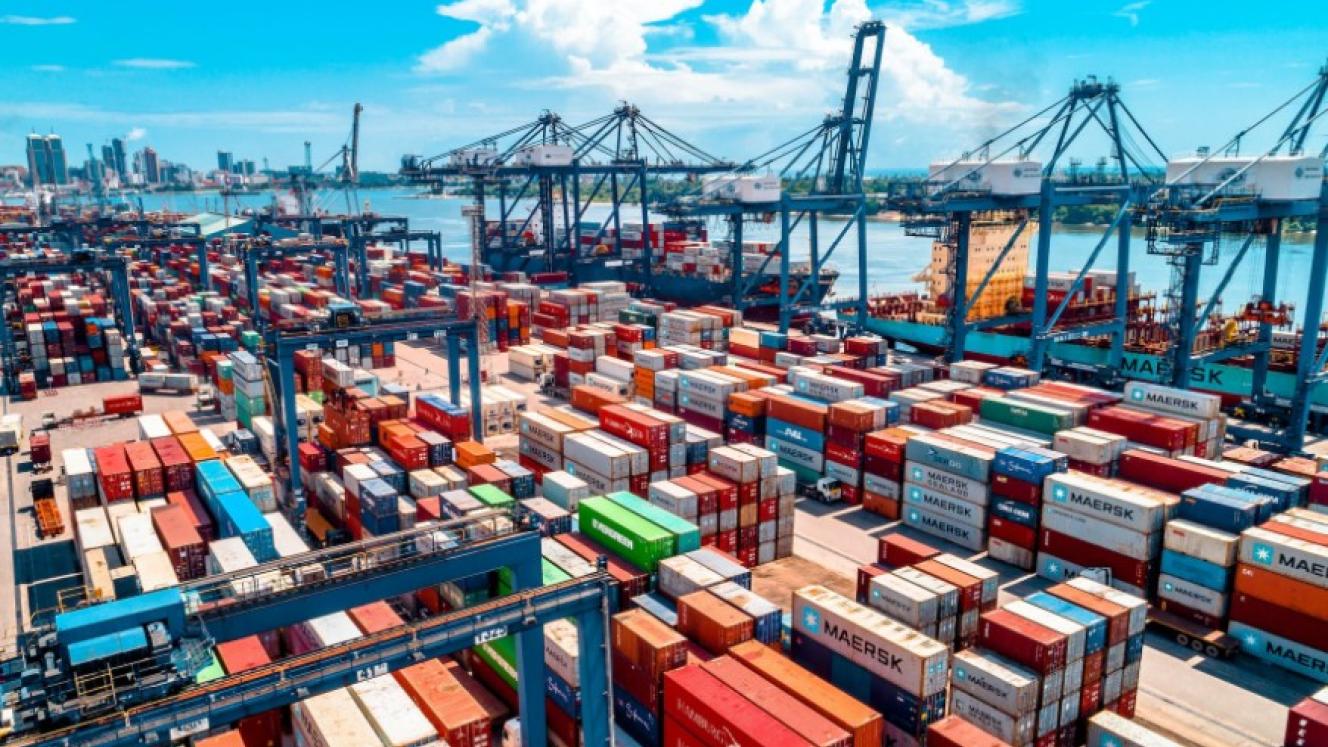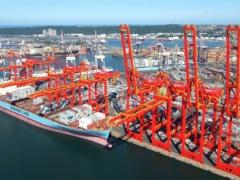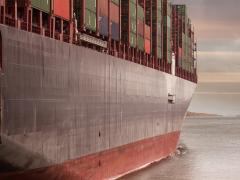A four-truck convoy managed to thwart a suspected attempt to steal copper cathodes in transit near a toll gate in Kimbeimbe, north of Tumbwe – the same location in the Congo where high-value hijacking was reported at the end of July.
The convoy was approaching the tollgate when the incident occurred, says Mike Fitzmaurice of the Transit Assistance Bureau (Transist).
Had the attempt to force one or all of the trucks off the road succeeded, it could have resulted in the loss of cathodes valued at about R6 million per truck, he says.
Cargo-in-transit (CIT) insurance would probably only pay out about R4m per R6m load, Fitzmaurice adds.
Previous attempts to prevent syndicates from pouncing on copper hauliers on the route between Lumbumbashi and Likasi have been unsuccessful.
In July, it was reported that CIT syndicate activity seemed to have the logistical, manpower and firepower support of military and police personnel of the Democratic Republic of the Congo (DRC).
Fitzmaurice, who also serves as sub-Saharan vice president of the Union Africaine des Organisations des Transports et de la Logistique, says he has reported risk on the road north of Tumbwe to the authorities in the DRC.
In July, he said past incidents involved cars knowing what trucks to target, forcing drivers off the road at gunpoint and assaulting them, hijacking rigs and removing loads.
In an interesting development, Transist said police in Likasi, north of Tumbwe, offered to locate stolen flatbeds for a ‘fee’ of $50 000.
He said the name of “Aneli Police Station” in Likasi was often cited by transporters as part of CIT crime north of Tumbwe.
Police apparently also offer to locate stolen copper for a 10% ‘fee’ of the value of the cathodes.
In the event of a full load, it could be $600 000 per truck.
A transporter involved in the incident on Monday morning, August 11, says the problem of CIT criminals interfering with trucks “is growing and soon it will lead to loss of life”.
It is understood that a union representing drivers in the DRC is calling for labour action in response to safety concerns.
“This is getting out of control,” Fitzmaurice says following the recent CIT incident.
“I have heard from unconfirmed sources that these attacks are orchestrated by high-level military and police who are in charge of the syndicate. Hence, why is there no attempt to take action against the perpetrators?”
He says the syndicate is targeting cathodes because of the high-value copper, and that the copper is probably from KFM mine in the Kisanfu deposit between Likasi and Kolwezi.
Although there are no precise official figures specifically quantifying how much copper is stolen annually during transit, leaving Haut-Katanga province in the DRC, it is well-established that smuggling and CIT in the wider region are significant due to weak governance, corrupt officials and armed group involvement, a Ugandan study has found.
The Copperbelt of southern Katanga, including Haut-Katanga, is a major mining area with one of the largest copper reserves globally, making it a high-value target for illegal diversion during transit.
Estimates suggest that a substantial portion of copper mined in the DRC is diverted illicitly while being transported.
Reports indicate billions of dollars in losses annually from mineral theft, though these refer generally to the whole country and mineral sectors, rather than Haut-Katanga alone. Because Haut-Katanga is part of the core Copperbelt, it is heavily affected.
- ERRATUM: This article contained the wrong currency denomination when it was first posted, using USD in stead of ZAR. It has since been corrected. Freight News regrets the error.













